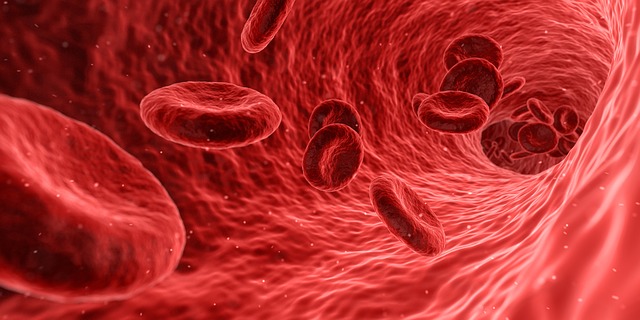 Those of us who have purchased furniture that needed to be put together at home are familiar with the phrase “Some Assembly Required.” Even if we found ourselves frustrated by the instructions, we were probably impressed by the design that allowed the pieces to fit together with ease and precision.
Those of us who have purchased furniture that needed to be put together at home are familiar with the phrase “Some Assembly Required.” Even if we found ourselves frustrated by the instructions, we were probably impressed by the design that allowed the pieces to fit together with ease and precision.
Now, apply that thought to the design of the human body.
Science is engaged in an eternal battle to understand how the human body develops and functions from the moment a human egg is fertilized until the end of life. The answers to their questions can lead to lifesaving advances in medicine.
And, one of the most promising yet controversial areas of interest is stem cell research.
Stem cells are the components of the earliest stages of human development. Stem cells happily replicate themselves into new stem cells until a critical stage when they begin to produce different cells – cells that begin the process of creating the different components of the human body.
So, how is that possible?
Science will tell us that instructions contained in the DNA of those cells will respond to certain triggers such as chemical reactions in the environment of the womb, causing the original stem cells to produce variations that are needed to form the body.
What is beyond human understanding is how cells begin to develop into “colonies” that begin to form organs.
As these cell variations take place, how does one group of cells form the brain while another group becomes the liver? Arising from the same stem cell cluster, how does a new cell know to take up residence in a specific location while its neighbor starts another project in an entirely different area? Why doesn’t a heart take shelter behind a kneecap? Why does one appendage develop long, slender fingers while another develops short, stubby toes?
Yes, our science explains that all these instructions are contained in the DNA of our cells. And our current state of technology amazes us with the amount of information that can be held by those small, square discs that fit in the sides of our cameras or computers. Yet, those small components of our electronic devices are virtual warehouses compared to the microscopic file cabinet of a strand of DNA.
When we apply all these questions to the ultimate question of whether we owe our existence to creation by God or by a convenient collection of accidents of nature, the answer should be obvious.
The enormous complexity of the growth and development of the human body from those basic stem cells to the elaborate, functioning structure of the finished product is beyond the probability of “chance.”
More importantly, while science can begin to explain “how” cells begin to differentiate, science can’t answer the most critical question.
If not for the design by the Creator, then “why” does this happen?
